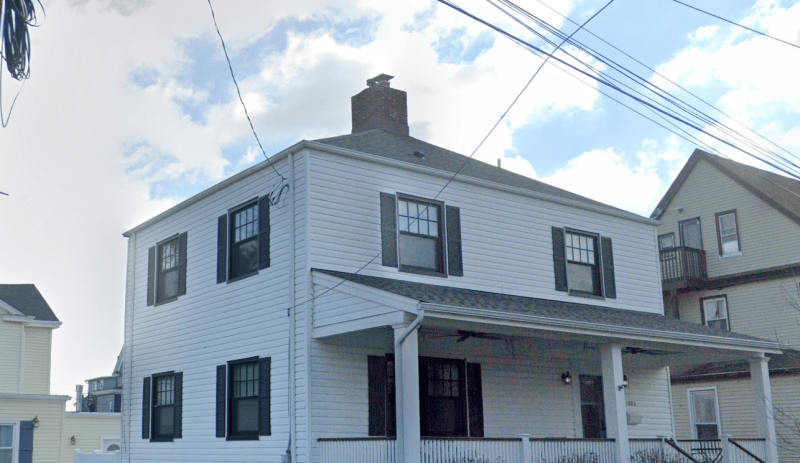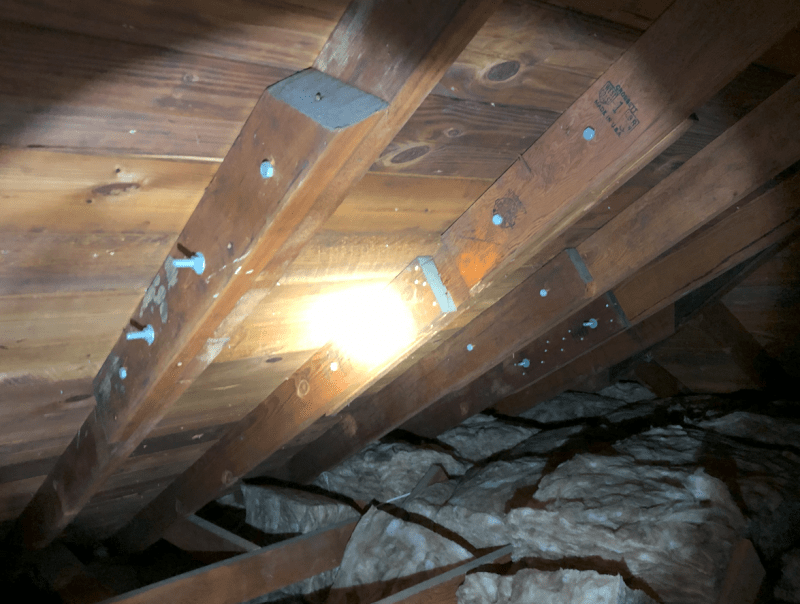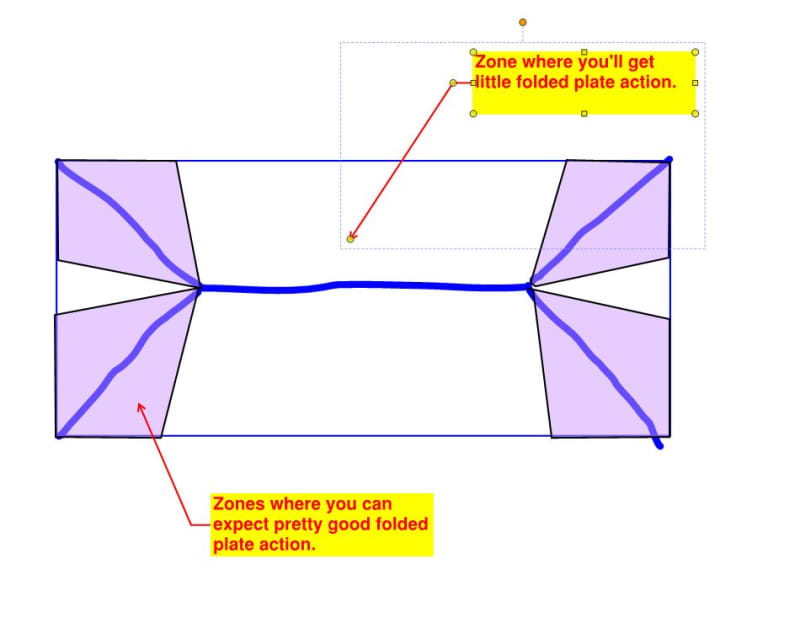Completed an inspection on a residential hip roof that had five 2x6 roof rafters on each side scabbed with short 2x6 sister members. The original rafters are 16' long but several of them were either spliced with a scab plate or broken at midspan by a scab plate. In a perfect world, I would have them remove the scab members and just sister all 10 rafters with full length 2x6's but there is no way to get 16 foot pieces up there. Any thoughts on making this more secure/reinforced? Each rafter scab had minimal fasteners (two 1/2" diameter thru bolts and some nails, max).
[URL unfurl="true"]https://res.cloudinary.com/engineering-com/image/upload/v1728585568/tips/IMG_6317_csdpyj.heic[/url][URL unfurl="true"]https://res.cloudinary.com/engineering-com/image/upload/v1728585578/tips/IMG_6316_tiyobv.heic[/url][URL unfurl="true"]https://res.cloudinary.com/engineering-com/image/upload/v1728585588/tips/IMG_6327_gxvxyr.heic[/url]
[URL unfurl="true"]https://res.cloudinary.com/engineering-com/image/upload/v1728585568/tips/IMG_6317_csdpyj.heic[/url][URL unfurl="true"]https://res.cloudinary.com/engineering-com/image/upload/v1728585578/tips/IMG_6316_tiyobv.heic[/url][URL unfurl="true"]https://res.cloudinary.com/engineering-com/image/upload/v1728585588/tips/IMG_6327_gxvxyr.heic[/url]



